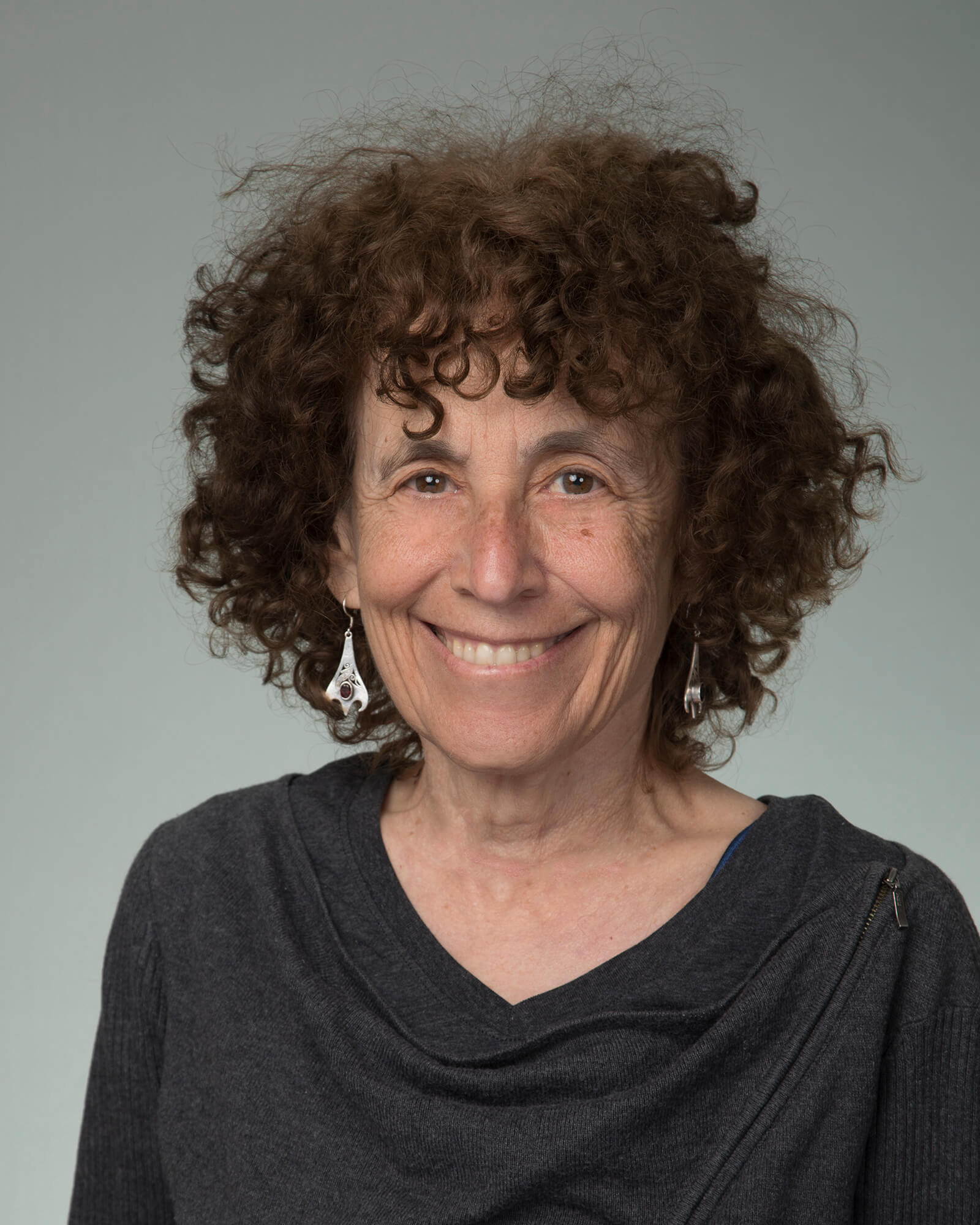ARVO/Alcon Keynote Series
Opening Keynote
Sunday, May 1, 10:30-11:45am MDT
History and biology of coronaviruses: The story behind COVID-19

Susan Weiss, PhD
Vice-chair and Professor
Department of Microbiology
Perelman School of Medicine, University of Pennsylvania
From the 1960s to the current pandemic, Weiss will provide a history of coronavirus research, including the three zoonotic coronaviruses that have emerged into humans in the 21st century and speculation about the origin of SARS-CoV-2. She will discuss the biology of coronaviruses, including the spike protein which is targeted in mRNA vaccines, the two pathways of viral entry and the complicated coronavirus genome that encodes many potential targets for antiviral therapy, conserved among all coronaviruses. Weiss will also explain how coronaviruses variants arise and why some them are of concern, and offer some thoughts about how to be prepared for future outbreaks of zoonotic coronaviruses.
Weiss obtained her PhD in Microbiology from Harvard University working on paramyxoviruses. She did her postdoctoral training in retroviruses at the University of California, San Francisco, and came to the University of Pennsylvania as an assistant professor in 1980. Weiss is currently a professor and vice-chair of the Department of Microbiology and co-director of the Penn Center for Research on Coronaviruses and Other Emerging Pathogens at the Perelman School of Medicine, University of Pennsylvania.
Weiss previously served as associate dean for Biomedical Postdoc Programs (2010-2019). She has worked on many aspects of coronavirus replication and pathogenesis over the last 40 years, making contributions to understanding the basic biology as well as organ tropism and virulence. This work included the murine coronavirus (MHV) infection of the central nervous system disease, a mouse model of multiple sclerosis. More recently, she has worked on MERS-CoV and since 2020 also on SARS-CoV-2. Her work for the last 10 years has focused on coronavirus interaction with the host innate immune response and viral innate antagonists of double-stranded RNA induced antiviral pathways.
Weiss' other research interests include activation and antagonism of the antiviral oligoadenylate-ribonuclease L (OAS-RNase L) pathway, flavivirus- primarily Zika- virus-host interactions and pathogenic effects of host endogenous dsRNA.
Closing Keynote
Wednesday, May 4, 5:30-6:15pm MDT
Accelerating Ophthalmic Discovery and Technology Translation through Team Science
Cynthia A. Toth, MD
Joseph A.C. Wadsworth Distinguished Professor of Ophthalmology
and Biomedical Engineering
Duke University Medical Center
Joseph A. Izatt, PhD
Michael J. Fitzpatrick Distinguished Professor of Engineering
and Professor of Ophthalmology
Edmund T. Pratt School of Engineering, Duke University
In research, complex problems often need an interdisciplinary approach. Attacking these complex problems requires crossing classical institutional/scientific divisions and boundaries. Toth and Izatt will present how their team science is driven by attempts to answer real world problems of ophthalmologists “seeing” eye tissues — whether in their natural state, during surgical manipulations or as they are affected by disease processes and treatments.
Their team has had more than a 20-year interest in developing and translating state-of-the-art imaging technology specialized to address these challenges. For example, together they realized that the clinical application of optical coherence tomography (OCT) methods to visualize ocular structures were in cooperative patients at a chinrest in front of a specialized imaging system in a photography suite.
Toth and Izatt also observed two areas of need not addressed in clinical use were imaging in infants and young children, and imaging to guide the ophthalmic surgeon. They have been working together on portable handheld OCT and real-time volumetric microscope-integrated OCT for monitoring and guidance of ocular surgery. These new OCT technologies have improved access to advanced technology for populations unable to cooperate for conventional imaging and for patients during eye surgery.
Toth and Izatt will address how these pursuits required intense teamwork across multiple disciplines of ophthalmology and biomedical engineering. The information generated has and will change ophthalmic research and how eye care specialists interact with eye tissue.
Sponsor

The ARVO/Alcon Keynote Series is sponsored by the ARVO Foundation through the generous support of Alcon.
